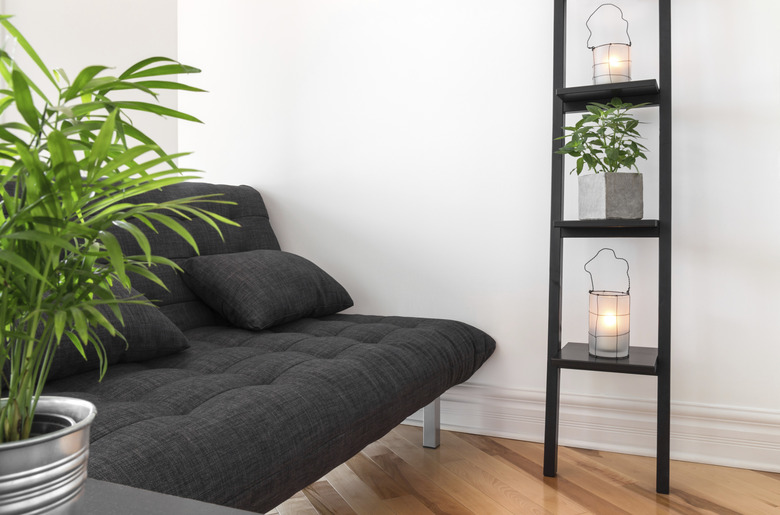Plants That Work In The Basement
Since basements are often more damp and cool than the rest of the house, with little or no natural light, this location presents a unique challenge for growing houseplants. The plants chosen for a basement must tolerate low-light conditions and have the ability to grow under artificial lights. Heated basements are best for houseplants, though some plants will grow in cooler conditions. Moisture problems in basements can be made worse by houseplants that require lots of water, but choosing plants that prefer dryer conditions can limit this concern.
Low-Light Succulents
Low-Light Succulents
Snake plant (Sansevieria trifasciata) and Zeezee plant (Zamioculcus zamiifolia) are two succulents that thrive in low-light conditions. Both should be allowed to dry out slightly between waterings and are unlikely to raise moisture levels in a basement. Snakeplant prefers temperatures between 60 to 85 degrees Fahrenheit when grown indoors, and is hardy in U.S. Department of Agriculture plant hardiness zones 10 through 11. The Zeezee plant grows best in temperatures of 60 to 75 degrees and is hardy in USDA zones 9a through 11. Both plants are poisonous and should be kept away from small children who may try to eat the leaves.
Vining Plants
Vining Plants
Golden pothos (Epipremnum aureum), a vining plant that grows best in temperatures of 60 to 75 degrees Fahrenheit, requires little maintenance and can be trained up a support or planted in a hanging basket. Pathos is hardy in USDA zones 10 through 11 and grown as a low-light houseplant in all zones. Another appropriate vine for basements is oakleaf grape ivy (Cissus rhombifolia). This plant is hardy in USDA zones 10a through 11, and it can tolerate low light levels. The soil for both these plants should be allowed to dry out slightly between watering, making them an appropriate choice for basements.
More Foliage Plants
More Foliage Plants
Some other foliage plants that do well in basements include the cast iron plant (Aspidistra elatior) and peperomia species like the baby rubber plant (Peperomia obtusifolia). Peperomias, small plants that produce waxy leaves, thrive in drier soil and temperatures of 60 to 70 degrees Fahrenheit. Baby rubber plant is hardy in USDA zones 10 through 11. Cast iron plant requires moist soil in the spring and summer, but the soil should be kept just barely damp in the winter when moisture is a greater problem in basements. It tolerates temperatures as low as 45 degrees indoors and is hardy in USDA zones 7 through 11.
Lighting Tips
Lighting Tips
Fluorescent lighting works well for growing indoor plants. Special grow-lights exist to provide required red and blue wavelengths, but a more economical option is cool-white fluorescent tubes, which supply blue light, with a few incandescent bulbs to supply red light. Use 3 watts of incandescent light for every 10 watts of fluorescent light. Growing spaces for low-light plants need at least 10 to 15 watts of fluorescent light per square foot. If this is the plants' only light source, the lights should be on for 16 to 18 hours daily. If a window provides some supplemental light, artificial lights can be left on for 12 to 14 hours per day.
References
- Purdue University Cooperative Extension Service: Home Moisture Problems
- Unviersity of Missouri Extension: Lighting Indoor Houseplants
- Aggie Horticulture: Sansevieria Trifasciata
- Gulf Coast Research and Education Center: ZZ Plant
- University of Florida IFAS Extension: Epipremnum Aureum
- Aggie Horticulture: Cissus Rhombifolia
- Zipcode Zoo: Cissus Rhombifolia
- University of Florida IFAS Extension: Peperomia Obtusifolia
- University of Florida IFAS Extension: Aspidistra Elatior
